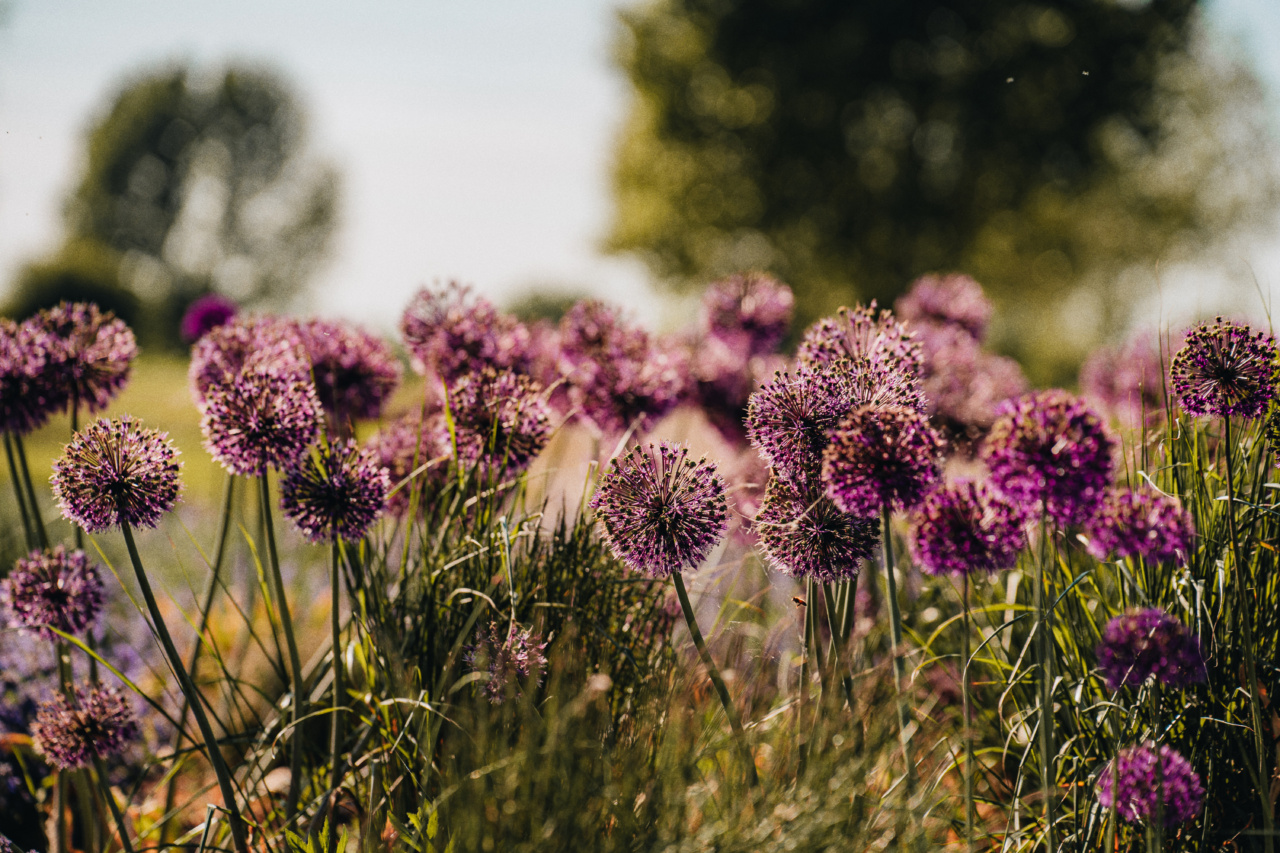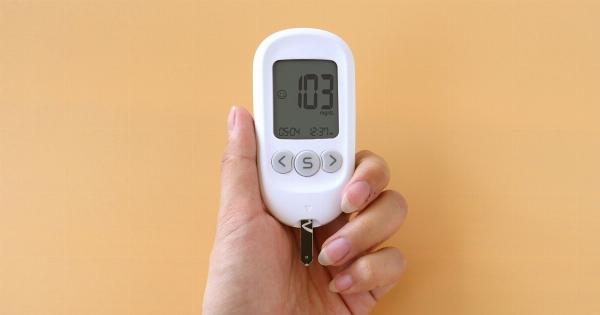Garlic is not only an essential ingredient in culinary preparations, but it is also a powerful medicinal herb that has been used for centuries.
One of its most impressive health benefits is its ability to help manage hypertension, or high blood pressure.
The link between hypertension and garlic
Hypertension is a prevalent condition that affects millions of people worldwide. It occurs when the force of blood against the walls of the arteries is too high, putting extra strain on the heart and blood vessels.
If left uncontrolled, hypertension can lead to serious health problems such as heart disease, stroke, and kidney disease.
Research has shown that garlic can help lower blood pressure levels, making it an excellent natural remedy for hypertension. The main active component in garlic, called allicin, is responsible for its medicinal properties.
How does garlic work to lower blood pressure?
Garlic has several mechanisms of action that contribute to its antihypertensive effects:.
1. Vasodilation:
One of the ways garlic helps manage hypertension is by promoting vasodilation, which is the widening of blood vessels.
Allicin stimulates the production of nitric oxide in the body, a compound that helps relax and dilate blood vessels, thereby reducing blood pressure.
2. Diuretic properties:
Garlic also possesses mild diuretic properties, which means it increases urine production and helps eliminate excess sodium and fluids from the body. By reducing fluid retention, garlic indirectly lowers blood pressure.
3. Antioxidant activity:
Garlic is rich in antioxidants, which help protect the body from oxidative stress and inflammation. Chronic inflammation can contribute to the development and progression of hypertension, so consuming garlic can help combat this process.
4. ACE inhibition:
Angiotensin-converting enzyme (ACE) plays a role in regulating blood pressure by constricting blood vessels. Garlic has been found to inhibit ACE activity, leading to blood vessel relaxation and improved blood flow.
5. Nitric oxide preservation:
Nitric oxide is a potent vasodilator that keeps blood vessels relaxed. Garlic helps preserve nitric oxide levels in the body, aiding in blood pressure regulation.
How to incorporate garlic into your hypertension management:
There are various ways to include garlic in your daily routine to help manage hypertension:.
1. Fresh garlic:
Raw, crushed or minced garlic contains the highest levels of allicin. Add it to your meals or salads for maximum benefit. Note that the allicin content decreases with cooking, so it’s best to consume raw garlic when possible.
2. Garlic supplements:
If you find it difficult to consume enough garlic daily, you can opt for garlic supplements. These are available in the form of capsules, tablets, or oils.
However, it’s important to consult with a healthcare professional before starting any new supplement regimen.
3. Garlic-infused oils:
Garlic-infused oils are a flavorful way to incorporate garlic into your diet. Use them as dressings or for sautéing vegetables to add both taste and health benefits.
4. Roasted garlic:
Roasting garlic mellows its flavor and offers a unique taste. Spread roasted garlic on whole grain bread or mix it into dips for a heart-healthy snack.
5. Garlic powder or granules:
If you don’t enjoy the taste of raw garlic, you can use garlic powder or granules as a substitute in your recipes. Make sure to choose high-quality products without added salt or preservatives.
Precautions and considerations:
Although garlic is generally safe for most people, there are a few precautions and considerations to keep in mind:.
1. Medication interactions:
Garlic may interact with certain medications, including blood thinners and antihypertensive drugs. If you are taking any prescription medications, consult your healthcare provider before adding garlic to your routine.
2. Allergies:
Some individuals may be allergic to garlic or develop skin irritation upon contact. If you experience any adverse reactions, discontinue use and seek medical advice.
3. Breath and body odor:
Garlic can cause temporary bad breath and body odor. Chewing parsley, mint, or lemon peel can help neutralize the smell.
4. Quality and storage:
Choose fresh, high-quality garlic bulbs and store them in a cool, dry place away from direct sunlight. Avoid purchasing pre-peeled or minced garlic, as their potency may be compromised.
In conclusion,
Garlic is a remarkable natural remedy for managing hypertension. Its vasodilatory, diuretic, antioxidant, ACE inhibitory, and nitric oxide-preserving properties all contribute to its antihypertensive effects.
By incorporating garlic into your daily routine, whether through fresh garlic, supplements, or infused oils, you can take advantage of its numerous health benefits. However, it’s important to consider potential interactions and consult with a healthcare professional if you have any concerns.






























